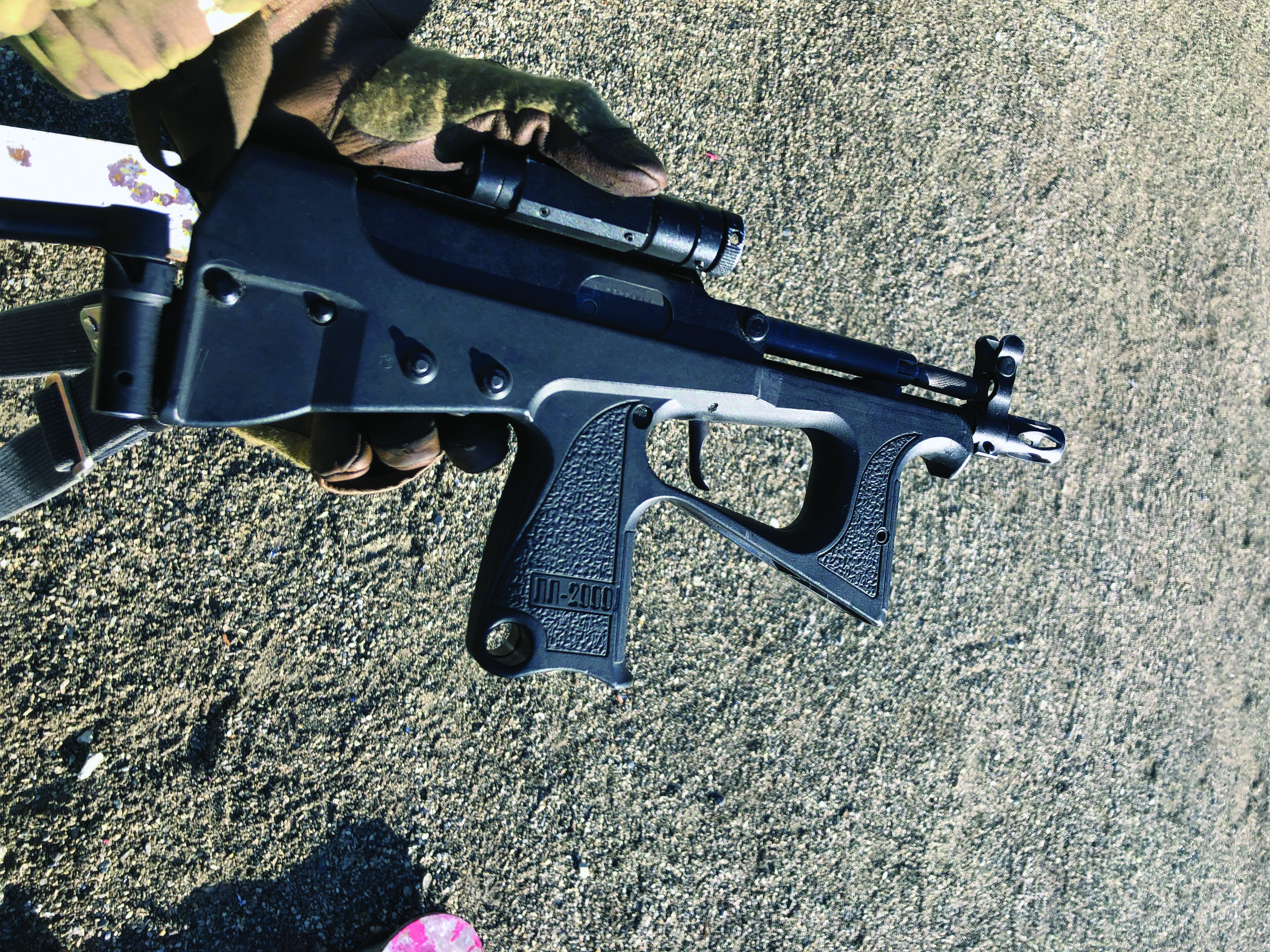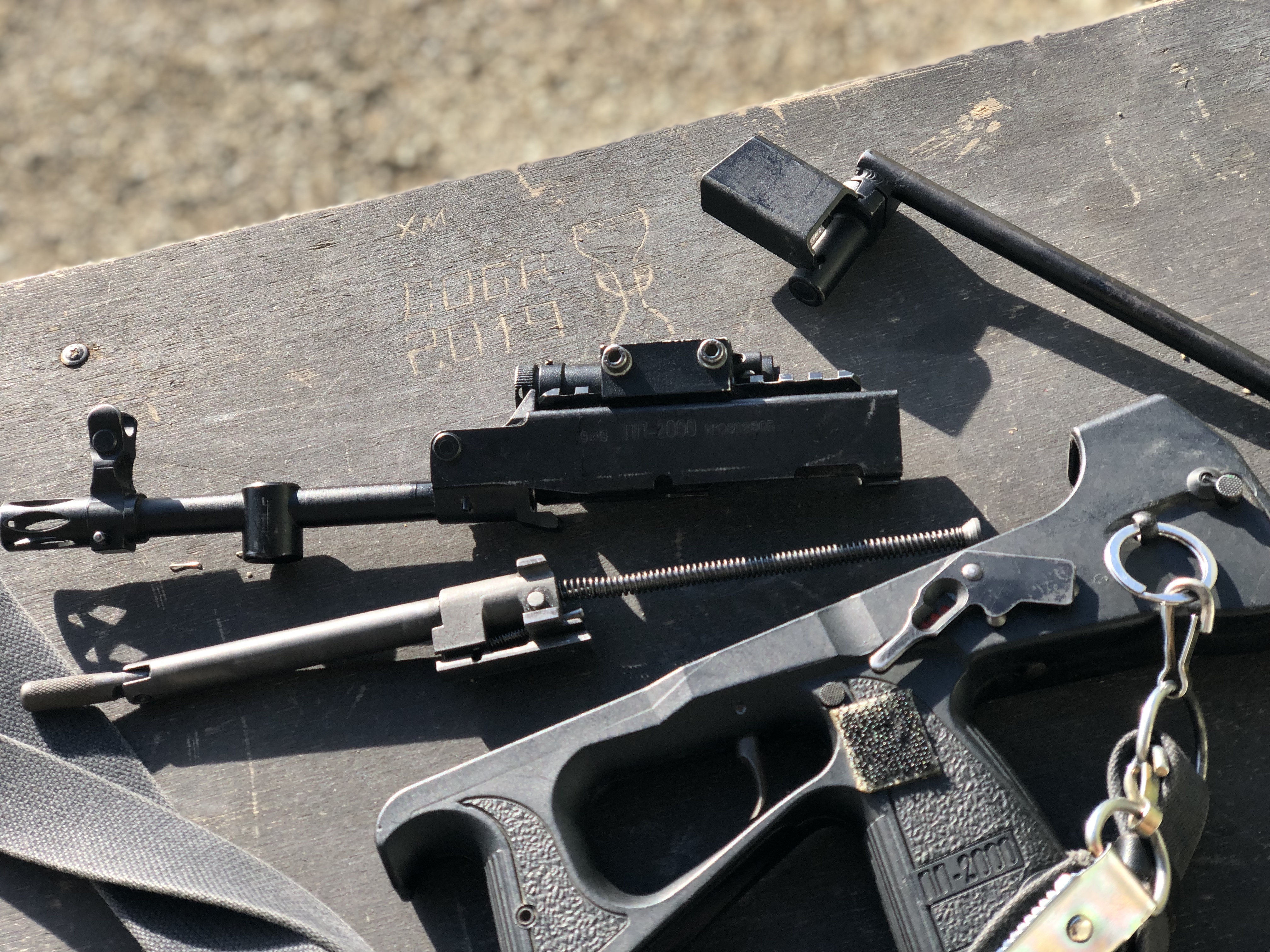 By Lynndon Schooler
By Lynndon Schooler
With the Bolshevik victory in 1922 bringing the cold and bloody Russian Civil War to a close, the multitude of Soviet directorates on defense and engineering scrambled to lay out the future socialist weapons manufacturing systems to rearm the Red forces with the technological advances of the young 20th century. For modern designs, the Tula Weapons Factory created a sub-organization for new designs and prototype drafting at the KBP Instrument Design Bureau. This department managed to survive the turmoil of both the Second World War and the collapse of the Soviet Union and continues to create weapons to face the Kremlin’s enemies in the new Russia. Along the way, it has witnessed the careers of many designers come and go, been decorated with a litany of Communist-era orders and medals and introduced prolific designs such as the TT pistol series, the Gsh-18 and an entire suite of anti-aircraft systems, like the Pantsir-S1. Now a joint-stock company, KBP has become one of the largest military arms suppliers in the Russian Federation. Modern rocket systems set aside, the most famous weapon from KBP in the hands of the modern Russian warfighter is arguably the PP-2000, a unique personal defense weapon (PDW) style submachine gun, and a design that gives the more conventional Vityaz design a real run for its money.
Development began in 2000 with two designers out of Tula, each with their own Soviet-era accolades. Arkady Georgievich Shipunov was a talented man with a sullen glaze over his eyes, but he hid behind his squinty gaze a lifetime of work that earned him the highest civilian honor in the Soviet Union: Hero of Socialist Labor. Shipunov got his start at TsNIITochMash in Klimovsk, but by 1962 he had earned his place as the General Designer and Head of the Tula Instrument Design Bureau (KBP).

At KBP, Shipunov worked with Vasiliy Petrovich Gryazev, another prolific designer with 38 weapon designs, 76 publications and extensive experience working in aviation, naval and small arms ammunition design. Gryazev was a near-replica of Shipunov—down to the matching hairlines—and together they made a formidable team in modern Russian weapons design, as exemplified by the GSh-18, which was named after them.
The rise in terrorism prompted KBP to seek a simple weapon for specialist forces, including the police—also known in Russia as the Ministry of Internal Affairs (MVD)—and special tactical groups of the armed forces. Over a six-year development cycle, the two produced a compact submachine gun chambered in 9×19 NATO that easily filled the role of a personal defense weapon and was similar in size to the Czechoslovakian vz. 61 Škorpion. With its ease of manipulation, control layout and low weight of a little over three pounds, the PP-2000 is commonly seen in the hands of close security details and rapid response teams.
The firearm uses a simple and reliable delayed blowback closed bolt operating system which relies on the weight of the bolt to delay the opening of the breech until the pressure in the barrel has dropped to safe levels. On the left side, the gun has a three-mode selector from semi to full-auto as well as the magazine release.
The gun has an ambidextrous reciprocating charging handle above the barrel, nesting behind the front sight in a similar way to another KBP design: the PP-90M1. The PP-90M1’s charging handle was itself reminiscent of that of the Heckler and Koch G36, capable of flipping to the left or right. Distinctively, the gun’s magazine well is in the pistol grip, as on an SR-2 or Uzi. A vertical foregrip is connected to the pistol grip, creating an enlarged trigger guard, ideal for gloves and adding rigidity to the polymer frame of the lower receiver.
The weapon is disassembled by pulling a plunger down inside the vertical foregrip, which frees the lower receiver from the steel upper receiver and barrel. The front sight is adjustable for both windage and elevation, and the barrel has a non-removable birdcage-style flash hider integrated into the front sight block. The PP-2000 has a fixed rear sight recessed in the M1913 rail along the top of the receiver.

For accessories, the PP-2000 also has a light mount that attaches to the inside of the vertical grip. Manufacturing literature suggests the gun can accommodate an optional suppressor, but no photos are available. On the left side of the lower receiver is a single sling loop. ZenitCo offers a laser mount that attaches to the top of the M1913 rail with a recess to allow for the use of iron sights as well as a white light that mounts to the bottom of the foregrip. Originally, the design used a spare 44-round magazine in place of a stock. The use of the 44-round magazine was replaced in development with a traditional right side folding wire stock. However, 44-round magazine stocks are still in the inventory and fielded by Russian security forces. Both the 44-round and 20-round magazines feature heavily texturized floorplates for use as the butt plate if the magazine is used as the stock. The trigger is slightly bowed, with a long trigger bar located on the left side of the lower receiver which connects the trigger in front of the magazine well to the trigger hook. A disconnector sits on the left, while the auto sear sits on the right side of the receiver to correspond to the sear trip on the bolt. The hammer has a distinct “Y” shape and contacts an angled spring-loaded firing pin. The recoil spring assembly is in line with the charging handle.
The submachine gun was designed to utilize standard ball 9×19 NATO and high-velocity +P+ armor-piercing ammunition, such as the 7N21 and 7N31 with a muzzle velocity of 1,510 to 1,970 feet per second, with sufficient armor penetration within 50 meters. The gun runs at a rate of fire of 750 to 800 rounds per minute, with an effective range of 100 meters and 200-meter maximum range. From the factory, a few quality control and design issues have been reported. The thin polymer frame, despite attempts to strengthen the design, is prone to cracking at the bottom behind the pistol grip; this is something I’ve seen on deactivated models. The small low-profile rear sight and the uncomfortable wire stock make effective cheek weld difficult and contribute to the gun slipping during continuous fire. Due to the short bolt travel and abrupt bolt stop against the rear of the receiver, the recoil impulse is sharp when compared to other submachine guns but manageable with experience.
Having shot the PP-2000, I can attest that it is ideal for close quarters or when driving a vehicle. Its lightness and controllability are well-balanced, while its safety and fire controls were clearly well thought out. However, the 20-round magazines run empty quickly under its high rate of fire. Operators often prefer the 20-round magazine as it improves the concealability of the weapon, but sources familiar with the application of the PP-2000 in Russia’s Spetsnaz comment that the stock is by far the biggest issue in the weapon’s design and the only trait needing immediate improvement. Overall, the weapon is a pleasant shooter, particularly in semi-automatic fire, with outstanding ease of handling, and it will likely continue in service with Spetsnaz units.








